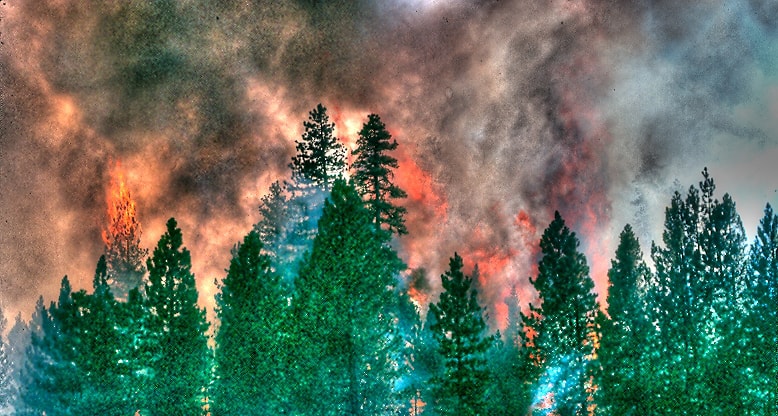The state of Nevada, nine counties, three mining companies, and a private ranch challenged the adoption of greater sage grouse conservation measures in Forest Service and BLM land management plans. Most of the agency actions were upheld in Western Exploration v. USDI (D. Nevada), including compliance with FLPMA requirements of BLM for multiple use and consistency “to the extent practical” with local plans, and compliance with NFMA. Here’s the court’s language on Forest Service multiple-use:
“Plaintiffs contend that the SFA (mineral) withdrawal zones, travel restrictions on 16 million acres of land, and grazing restrictions violate the multiple-use mandate of NFMA. They also challenge that the FEIS violates multiple-use principles because it closes millions of acres of land to important uses, replaces “no unmitigated loss” with a requirement for “net conservation gain,” and creates uniform lek buffers that are “no-go zones.”
“The Court’s review of whether the Forest Service Plan violates NFMA’s multiple use mandate is necessarily narrow, and it may consider only whether the Forest Service contemplated all relevant factors in making its determination. First, it is unclear to the Court how travel and grazing restrictions manifest the Forest Service’s failure to consider multiple use. To the contrary, the restrictions demonstrate a balance between conservation of greater-sage grouse habitat and sustainable human use of natural resources. Second, the Court fails to see how multiple use mandates that any particular parcel of land be available for any particular use. While Plaintiffs point out certain land closures in the USFS Plan, such as complete exclusion of new solar and wind energy projects (on SFA, PHMA, and GHMA), the Plan does not exclude all possible human uses on those lands. Finally, Plaintiffs fail to demonstrate how the “net conservation gain” and lek buffer zones preclude multiple use or demonstrate a failure on the part of the Forest Service to consider all relevant factors. In fact, the move from “no unmitigated loss” in the DEIS to “net conservation gain” in the FEIS demonstrates that the Forest Service reconsidered whether their initial standard consistently balanced sustainable human use with adequate habitat conservation.”
The court did not uphold compliance with NEPA. Plaintiffs had identified several changes between the draft and final EIS, and the court agreed that, “the designation of 2.8 million acres as Focal Areas in Nevada amounts to a substantial change relevant to environmental concerns, requiring the Agencies to prepare an SEIS. The court focused on the fact that these lands included the town of Eureka, Eureka County’s landfill, power lines, subdivisions of homes, farms with alfalfa fields and irrigation systems, hay barns, and important portions of the Diamond Valley area, and there would be a “spillover” effect from the changes in adjacent federal land management that warranted additional analysis and opportunity to comment. Because of risk of harm to sage grouse, the court did not enjoin the plan amendments pending completion of the new analysis.
